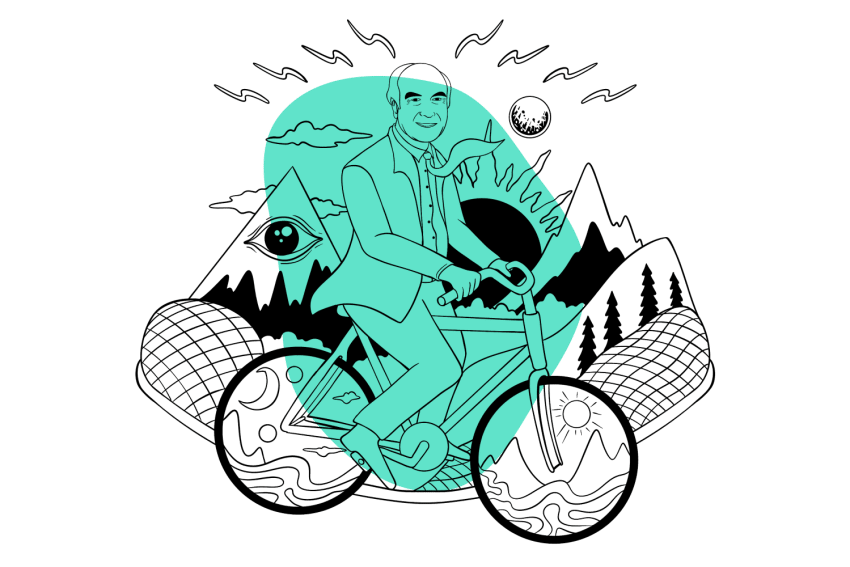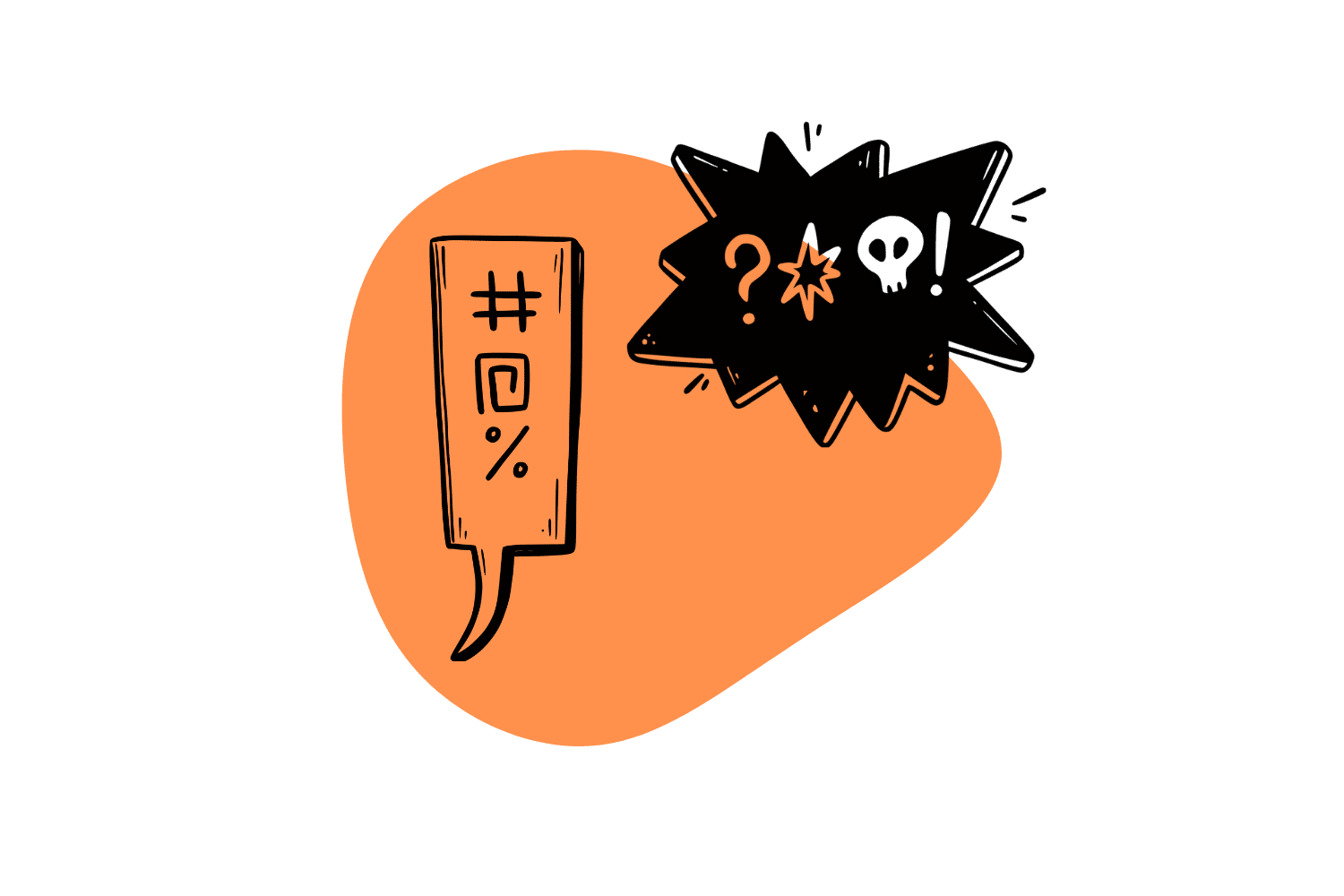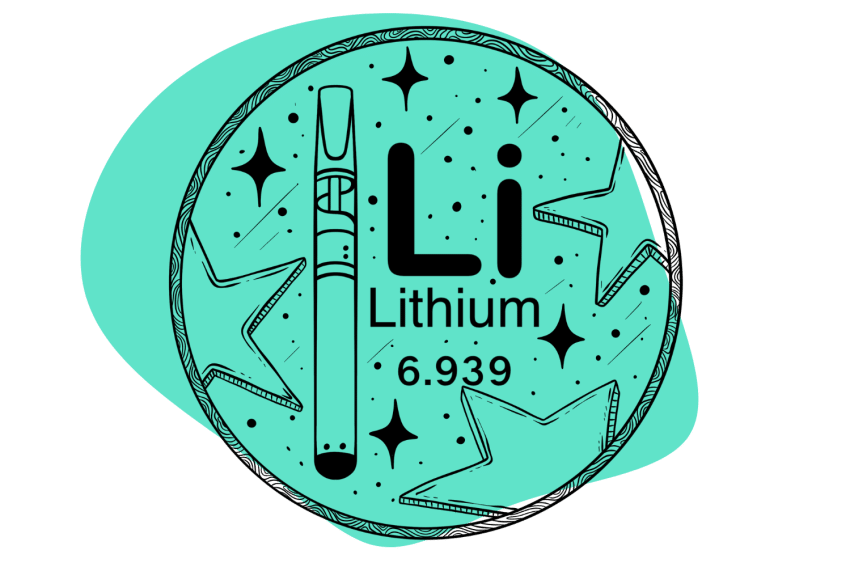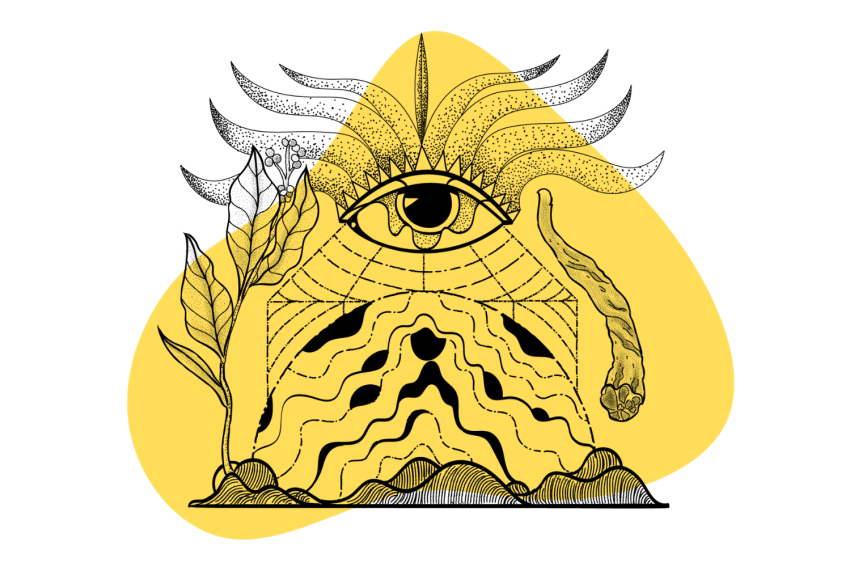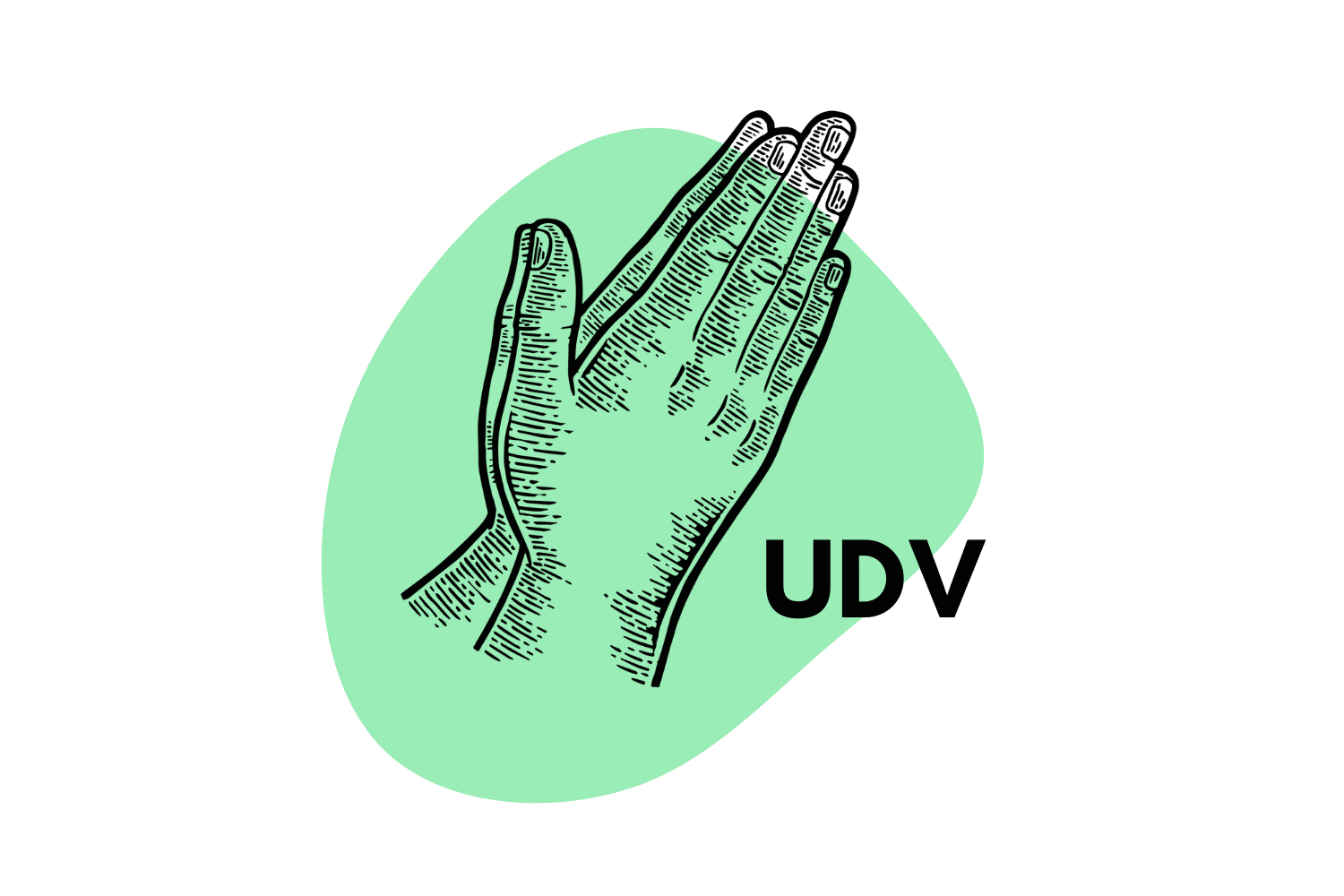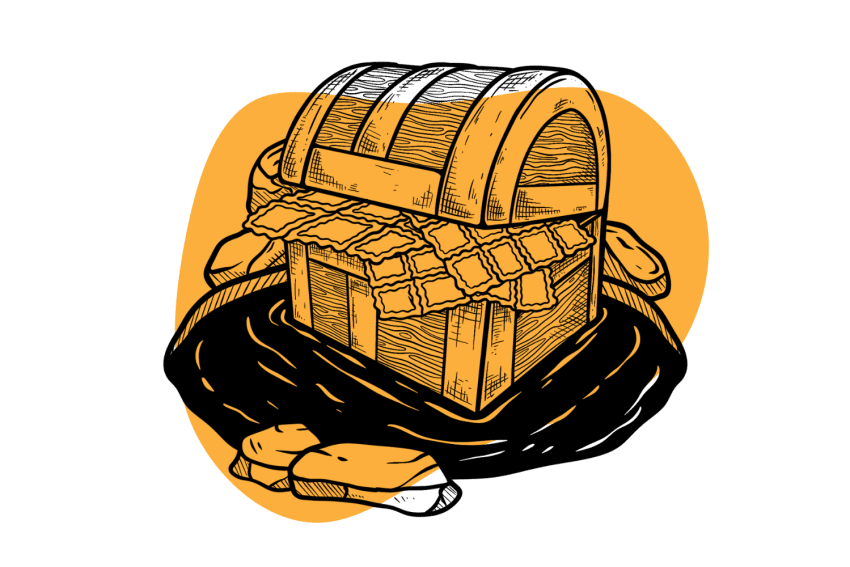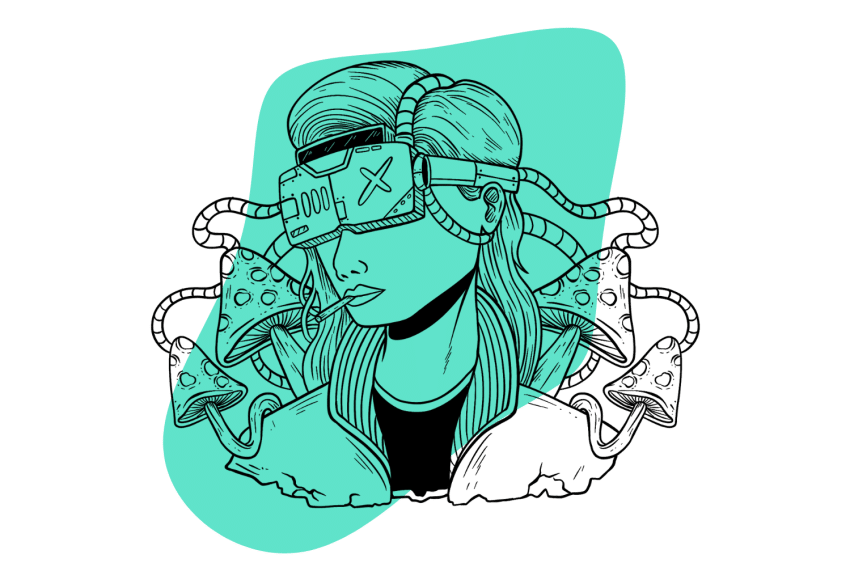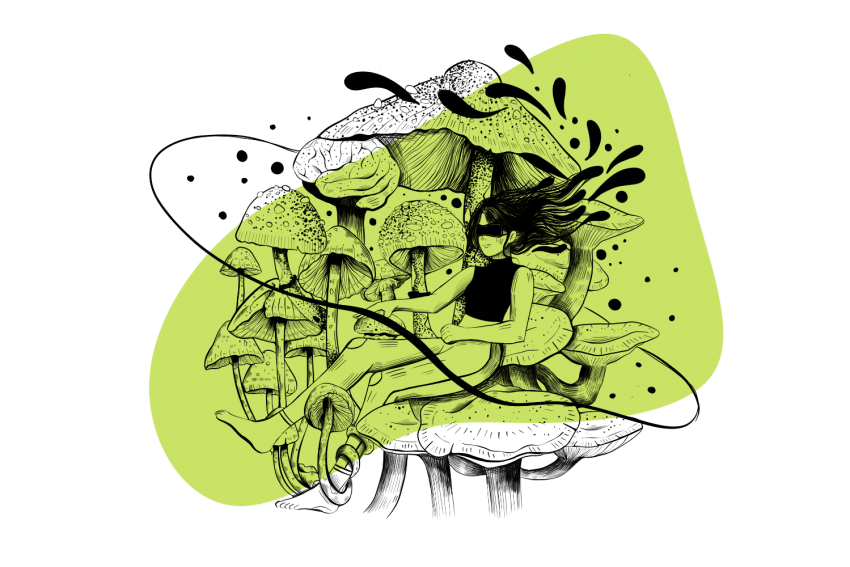The Military & Psychedelic Research: The Good, The Bad, & The Ugly
Psychedelics show a lot of promise in treating PTSD, giving veterans hope — but there’s a sinister side to consider and many potential problems to answer 🪖.
MAPS (the Multidisciplinary Association for Psychedelic Sciences) and others have spent a great deal of time, energy, and money touting psychedelics as a breakthrough treatment for veterans with post-traumatic stress disorder (PTSD).
As research progresses, the military has crept into a field it has not visited (at least publicly) for some time.
After a brief interest in psychedelic drugs as a means of control and incapacitation, the military set them aside and fought their use for many years. Now, they’re getting back into the psychedelic game to treat the trauma involved with serving in the military.
Here’s a top-level overview of what we’ll get into on why this matters:
- The misuse of psychedelics by the military for unethical studies and targeting veterans is a political ploy.
- MK-Ultra and other programs have showcased the government’s desire to use drugs to coerce and control citizens.
- The use of psychedelic therapy for active-duty military members as an attempt to get them back on the battlefield.
Let’s break each of these down into more detail and examine the ins and outs of this complicated issue.
How the Military Has Misused Psychedelics in the Past
The main concerns with targeting veterans and active-duty military come from the past mistreatment of psychedelics by this very group. While Terence McKenna was preaching psychedelics for opening the consciousness of humanity, the military was actively researching how to erase personalities and enhance the torture of interrogations through the drug lysergic acid diethylamide (LSD.)
This CIA-led initiative — MK-Ultra and its predecessors, Projects Bluebird and Artichoke — would dose thousands of citizens with LSD in America and abroad without their consent or knowledge. The goal was to learn how to control human minds and attempt to find a “truth serum” which could break people in interrogations.
As Stephen Kinzer writes in his book “Poisoner in Chief” about the predecessor of MK-Ultra, Project Artichoke:
Much of what the CIA called “Artichoke work” qualifies as medical torture. Dosing unwilling patients with potent drugs, subjecting them to extremes of temperature and sound, strapping them to electroshock machines, and other forms of abuse [1].
This work only compounded after Artichoke evolved into MK-Ultra, and universities, army bases, and more were complacent in dosing and torturing victims without their consent or knowledge. Some of these alleged victims would go on to have their entire lives shaped by the experience and may have even become notorious serial killers.
While the confidentiality and partiality of records make it nearly impossible to link anyone to the program, investigative journalists have made some compelling links. Both the Unabomber and Charles Manson are reportedly graduates of an MK-Ultra study.
LSD wasn’t able to give the military the effect they wanted, but their cruel torture with drugs is something putting them on par with (and often included) doctors from Nazi Germany. People like to focus on their failure to create a ‘truth serum’ or ‘mind control’ drug, but they did succeed in terrifying and traumatizing untold numbers of unwitting victims.
Current Misuse of Psychedelic Therapy in the Military
The use of experimental therapy on a vulnerable population — the same population, which once helped prop up the war on drugs — has obvious concerns. Most of the research on psychedelics for veterans involves 3,4-Methylenedioxymethamphetamine (MDMA) for veterans with PTSD, a condition their time in the military has caused.
Critics argue this is a way to make suggestable people more amenable to the atrocities of war. Instead, they suggest these drugs should help us learn to overcome our need and desire for war.
This suggestibility brings up another major problem in psychedelic therapy. Hanna Rosin at The Cut first reported Meaghan Buisson’s story of two MAPS therapists — a married couple — who began sexually abusing her.
While her treatment wasn’t related to PTSD from war, it illustrates the potential for harm and abuse in the space. As it continues to grow and expand, these problems are likely to grow as well.
Despite Buisson’s traumatic experience with sexual assault, her therapists used her altered consciousness as a way to suggest that their actions were healing for her. Later, one of them would insist on an ongoing sexual relationship to help “heal her trauma.”
Rick Doblin, the President of MAPS, had this to say on the topic during a live Q&A event:
We’re trying to make it so the source of the healing is inside the patient so they can do that healing on their own, and that will hopefully make them stronger when there is pressure, perhaps from therapists, to engage in a sexual relationship.
After looking at footage of a woman abused by her psychedelic therapists while under the influence of MDMA for a MAPS-led trial, Doblin stated drugs could have helped her resist.
The susceptibility of patients under psychedelic influence may fall short of mind control, but it’s certainly not understood. Until we address these questions, safe research on psychedelics is not possible, least of all with a vulnerable population.
Psychedelics & Targeting Veterans As a Political Ploy
Right-wing support for psychedelics is heavily influenced by the potential to help soldiers come to terms with the terrible things they’re asked to do while serving. If war is leading to PTSD, the solution should be treating the need for war or at least how we participate in it, not the PTSD it causes.
Targeting the military is not an accident and the clear motive behind it is the political mainstreaming of psychedelics. Since the counterculture movement of the ’60s, psychedelics, and war have seemed to be at odds with each other — this is despite the military conducting an intense amount of research into the drugs in secret during this time.
In some cases, the past association of psychedelic drugs with the anti-war left in the 60s and 70s has created false confidence in the drugs. Narratives of psychedelics making people more liberal or nature-oriented aren’t new, protest signs used to read, “Drop acid, not bombs.”
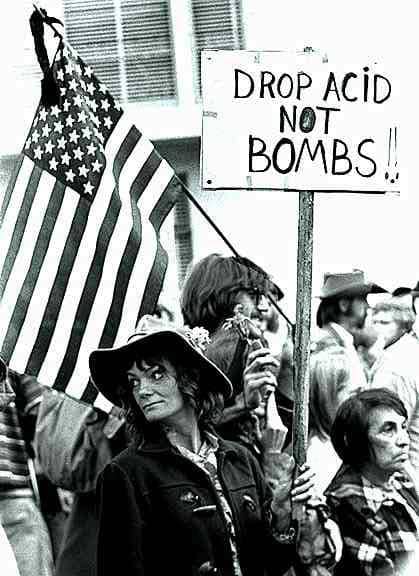
The problem is: when people who normally drop bombs choose to drop acid, they may come out of it simply feeling okay with all the bombs they’ve dropped. As Drs. Brian Pace and Neşe Devenot explore in their research paper Right Wing Psychedelia, psychedelics are non-specific amplifiers.
If psychedelics made people more pacifistic and nature-oriented, conservatives would have no desire to look into it. If veterans came out of MDMA treatment regretting being in the military, a rain of fire would come down on psychedelic therapy from the conservative party unlike any we’ve ever seen.
Drs. Pace and Devenot call psychedelics “politically pluripotent,” meaning they can amplify current leanings in any direction [2]. Within the military, the implication of psychedelics is that they can help “encourage” soldiers to come to terms with their service without doubting the inherent racism, authoritarianism, and violence of enforcing America-only mentalities around the world.
From the War on Drugs to Drugs for Warriors: Timeline of Events
The military has a long history with psychedelic drugs, both in researching them and in trying to prohibit them. From Albert Hofmann’s discovery of the importance of LSD in 1943 — five years after he first discovered and shelved the molecule — there has been interest from the government.
Here is a brief timeline of how the military viewed and used drugs throughout the country’s history.
Related: The War on Drugs: Why It Failed & Where to Go From Here
Pre-1950s: Pre-MK-Ultra
In spite of the failure of the ban on alcohol coming to a halt in 1933, the government was well on its way to prohibition and drug control before 1950. Harry Anslinger — famous slinger of anti-marijuana racism and propaganda — was already warning Americans about how marijuana can make other races think they’re as good as us, wed our offspring, and other “horrors.”
As the government began tightening its grip on drugs, it began to hear rumors of other countries which were using them to great benefit. Nazi doctors were actively engaging in atrocious experiments on their prisoners, which included the use of toxic poisons and drug research either separately or combined.
These doctors would later come to America discreetly after the war through the government’s “Operation Paperclip” and continue their work here for the CIA. To be fair, it’s not like America was above doing its own illegal experimentation and research around drugs and toxins.
American soldiers erected a black site in Germany by 1946 where it would inject cocktails of drugs, including mescaline, heroin, and others, into prisoners. Eventually, Project Bluebird and MK-Ultra would take over this site as one of its first locations for research outside the eye of the law.
At the start of 1949, everything would change for Americans and how they viewed psychedelics. On February 3rd of this year, a Roman Catholic Cardinal named Jozsef Mindszzenty confessed to crimes of attempting to overthrow the Hungarian government and his involvement in black market schemes.
His demeanor throughout the testimony led CIA officials to the shocking conclusion that he was under mind control. Though no evidence of this ever emerged, it became a driving force for the government to begin an at-all-costs approach to discovering the same.
1950–1973: The MK-Ultra Era
Throughout the 50s and 60s, the military dosed thousands of unsuspecting people with LSD or other drugs. They sought to weaponize a deliriant hallucinogenic drug they’d developed — 3-Quinuclidinyl benzilate, or BZ — which they hoped could incapacitate populations for 48 hours.
Offshoots of MK-Ultra conducted unabated, foundationless, and illegal research for two decades. Some of these operations and projects include:
1. Subproject 58
The goal of MK-Ultra’s Subproject 58 was to dupe R. Gordon Wasson — the researcher who had recently discovered the indigenous use of magic mushrooms in the Amazon — into bringing CIA agent James Moore along. John Marks discusses this event in his book The Search for the Manchurian Candidate:
Finally, in Huautla, sleeping on a dirt floor and eating local food, everyone reveled in the primitiveness of the adventure except [The CIA agent] Moore, who suffered. In addition to diarrhea, he recalls, ‘I had a terribly bad cold, we damned near starved to death, and I itched all over’ Beyond his physical woes, Moore became more and more alienated from the others, who got on famously. Moore was a ‘complainer’ according to Wasson. ‘He had no empathy for what was going on,’ recalls Wasson. ‘He was like a landlubber at sea. He got sick to his stomach and hated it all.” Moor states, ‘Our relationship deteriorated during the course of the trip.’ [3]
Luckily for the CIA, Moore’s enjoyment of the experience mattered much less than accomplishing the goal of sneaking back some mushrooms. Moore brought samples of the specimen back after bribing Wasson with a grant of $2,000 the CIA would secretly facilitate to cover the trip.
Funnily enough, Wasson would release his infamous Seeking the Magic Mushroom article for Life magazine under a year later. The largest publication of the time, this gave virtually every American a field guide to locating psychedelic mushrooms on their own.
2. Operation Midnight Climax
When a slot opened for the Federal Bureau of Narcotics office in San Francisco, Harry Anslinger assigned George Hunter White to the post. At the time, White was dosing unsuspecting victims at a CIA safe house in New York and recording their observations. The CIA decided to open up shop in San Francisco and add sex into the equation.
To wit, they asked White to secure a safe house and several sex workers for the study. Formalizing the subproject as codename codename “Operation Midnight Climax,” White set up a space in San Francisco, recruited sex workers, and brought the work to the Golden State.
To get them on board, White offered his recruits $50–100 and a “get-out-of-jail-free card,” which would have White’s number on it, should any cops hassle them in the future [1]. White, meanwhile, would often help himself to the well-stocked bar, observing the sex acts through a one-way mirror with a pitcher of martinis, often while pantless on a portable toilet.
Ira “Ike” Feldman, another agent who was frequently present, once remarked, “With these drugs, you could get information without having to abuse people.” Operation Midnight Climax — with its mission to dose unsuspecting Johns with LSD and encourage the sex workers to stay past the act of sex to encourage conversation — may have been the closest the CIA came to a “truth serum.”
It’s likely this has more to do with the sex and act of talking with someone you’ve been intimate with and believe you won’t see again, but the CIA viewed it as a success nonetheless.
3. Other Unsuspecting Victims of MK-Ultra
Throughout the years, several murderers, cult leaders, and others have claimed past dosage by the CIA in MK-Ultra. As journalist Tom O’Neill breaks down in his book Chaos, circumstantial evidence can even link the program to Charles Manson and the murders he and his family perpetrated [4].
In the 70s, journalists linked Dr. Louis Jolyon West — the psychiatrist who examined Jack Ruby, the man who assassinated John F. Kennedy — to the program. Perhaps the most infamous alumnus of the program was Ted Kaczynski, a.k.a. the Unabomber [5].
These links and others sent the conspiracy world abuzz, trying to connect any outbreak of hysteria at the news of the program. While there is more fantasy than fact in a lot of this, the reality is dark enough to feel like a conspiracy on its own.
The government brutally experimented on innocent individuals, often without consulting the participants, it sought to study, and engaged in medical torture, gruesome interrogations, and unethical studies.
Thousands of people were likely scarred by the actions of the government and then destroyed their records, ensuring there would never be proof to corroborate anyone’s claims.
1973–2005: The End of MK-Ultra, the Conservative Snap, & the War on Drugs
The war on drugs officially began in 1970, but MK-Ultra raged on for a few more years. Seeing the writing on the walls after a change of administration, the “Poisoner in Chief,” Sydney Gottlieb, ordered the destruction of all records in 1973.
The remaining files are the few his team missed and are our only glimpse into this dark time. It’s possible much worse was happening, but we’ll never know.
What is certain is the egregiousness of the program, which shines through Gottlieb’s willingness to openly destroy all evidence thereof. Afterward, the government returned to its post, cracking down on drug use in all forms.
New motives were taking over, and the government switched gears to control through prohibition. As John Ehrlichman, Assistant to President Nixon for Domestic Affairs, stated years later:
We knew we couldn’t make it illegal to be either against the war or black, but by getting the public to associate the hippies with marijuana and blacks with heroin and then criminalizing both heavily, we could disrupt those communities. We could arrest their leaders, raid their homes, break up their meetings, and vilify them night after night on the evening news.
Did we know we were lying about the drugs? Of course, we did.
The gap we’ve come to know between the government and the world of drugs began to grow and landed us in the early aughts. In the time between, the government has mismanaged and attempted to control communities through prohibition in one form or another.
2005-Present: Psychedelic Research & War Veterans
As Russell Hausfeld notes in his extensive reporting for his Truthdig series “The Ecstasy of Agony,” MAPS formally switched its focus around 2005. This was the year they issued a bulletin stating they would include patients “with war-related PTSD.”
Before this change, MAPS focused mainly on “crime-related” PTSD, which mostly came as a result of sexual assault. With this change, many noted, MAPS was moving away from treating victims of violence and moving towards the perpetrators thereof.
The move worked beautifully, conservatives swung over, and dissenting voices eventually got quiet enough for MAPS to ignore them effectively. Today, most of the meaningful research into psychedelics is happening to veterans of war.
Should Active Duty Military & Veterans Have Access to Psychedelics?
If you’ve been in the world of psychedelics long enough, you’ve likely heard someone ignorantly claim we should give LSD to the army so we can “open the minds of the military” and end violence. In actuality, psychedelics have the potential to become tools to perpetuate war and control military personnel.
We know this from the extensive, dark history of the military’s use of psychedelics. While they aren’t locking soldiers in a room and giving them LSD without their knowledge anymore, the goals for MDMA may be much the same.
To be clear, the military should have as much access as everyone else to drugs — and said access should be nearly or entirely unlimited. Nothing is wrong with veterans or active-duty military seeking out and partaking in mushrooms, LSD, or other psychedelic drugs.
And, by the way, if you’re reading this and you’re active-duty military, most psychedelics don’t show up on a urine test after as little as 12 hours.
The research on giving psychedelics to active-duty military extends beyond providing service members with a right to consume drugs. While not currently underway (that we know of,) some of the talks in the psychedelic space are turning toward active-duty treatment as a way to treat PTSD and get soldiers back to fighting form.
This would turn PTSD from a tragic consequence of war into a recurring condition for military members. Or, as Lt. Gen. Martin Steele put it:
If [a soldier has] a broken leg, we don’t discharge them: it heals. We have to do something with regards to preserving everything we’ve put into that man or woman that is selflessly serving our country so they can get well and then continue to selflessly serve our country.
#Newsflash: At the #HorizonsNY22, Lt General Martin Steele supported the use of P-AP/MDMA-AP for active-duty soldiers to ensure they can “serve our country”. He claimed it can help “preserv[e] active duty- capability” & called the issue a “no-brainer”.https://t.co/erFmzrSOsi pic.twitter.com/KDr8hVU9JF
— Sasha Sisko 🏳️🌈 (@SashaSisko) December 1, 2022
Psychedelics & PTSD: Is It The Magic Pill We Need?
MAPS and others who follow in their suit are touting psychedelics as being the treatment we’ve been waiting for all these years. There’s no doubt the PTSD problem in veteran populations is rampant, and it would be great if we had the capabilities to treat it, but we simply don’t know if this is the case yet.
Until then, these veterans are guinea pigs in preliminary research, which has the potential for harm and susceptibility on its own. Many are entering into the study convinced of the potential for psychedelics to heal when nothing else has.
While the research is still inconclusive, their bias toward success will make it hard to overcome. Regardless, we may find psychedelics to not be nearly as effective as we currently think once we start measuring them up against larger populations.
In 2008, Time Magazine ran a cover story with the bold letters “The Military’s Secret Weapon” underneath a Prozac pill. At the time, the public regarded this medication as a revolution that could cure depression.
We now know this is not the case, and we may very well find out the same about psychedelics down the line. Instead of repeating the same patterns we have been stuck on, we should focus on creating a new paradigm for research, one which does not rely on hopes, dreams, and marketing schemes.
Related: Can Psychedelics Help Heal Trauma?
Final Thoughts: What Can We Learn from the Military’s Use of Psychedelics?
Military research into psychedelics — and almost all drugs — has taken root in control and domination. The goal for military psychedelic use is not the same as the goal shared by many of the people celebrating many of the victories they think we’re winning.
As long as the government has its hand on psychedelics, its goal will always be to uphold the government. It’s a mistake to believe psychedelics will inherently free the mind of anyone who takes them; they are also potent tools of torture and manipulation.
While PTSD treatment would be immensely helpful to active and former military members, it seems like it might be better to try helping the populations of the countries the military visits. Or the victims of violence at the hands of the military, police, and other perpetrators of violence here in America.
Regardless, there’s little research on these substances with healthy adults, and we can’t possibly reliably understand their effect on anyone else. While it will be important to eventually study and understand these concepts, it seems like we’re jumping ahead in a blatant desire to de-politicize psychedelics and push agendas.
References
- Kinzer, S. (2019). Poisoner in chief: Sidney Gottlieb and the CIA search for mind control. Henry Holt and Company.
- Pace, B. A., & Devenot, N. (2021). Right-wing psychedelia: Case studies in cultural plasticity and political pluripotency. Frontiers in Psychology, 4915.
- Marks, J. (1979). The search for the” Manchurian candidate” (p. 88). New York: Norton.
- O’Neill, T. (2019). Chaos: Charles Manson, the CIA, and the secret history of the sixties. Hachette UK.
- Chase, A. (2003). Harvard and the Unabomber: The education of an American terrorist. New York: WW Norton.

